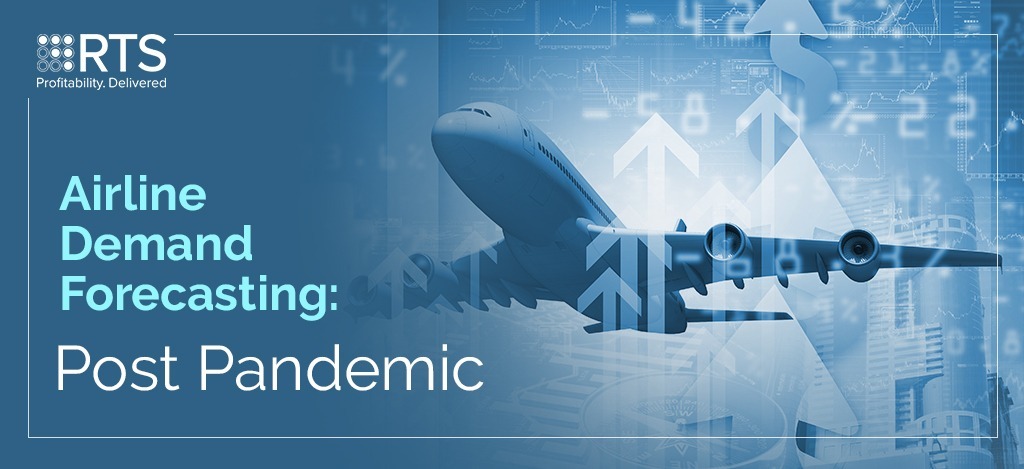Revenue management (RM) has been a subject of extensive research and has experienced widespread implementation over the last twenty-five years by many of the world’s airlines in both passenger and cargo organizations. From a passenger organization context, it epitomizes the desire by an air carrier to obtain the highest amount of revenue possible from the traveling consumer by enticing them to pay a fare comparable with their economic willingness to pay. Similarly, on the cargo side of the business, the benefit of revenue management is that air carriers maximize revenue by optimizing and allocating the available space to the appropriate customers and products. It’s the application of data and analytics aimed at defining how to sell a product to those who need it, at a reasonable cost at the right time and using the right channel based on the idea that customers know the product and services added to it differently, so the price they are ready to pay for it depends on the target groups they belong to and purchase time.
RM Specialists make immeasurable use of data to define products and adjust prices for specific markets, find efficient distribution channels, and manage seats and available capacity to keep the airline simultaneously competitive and customer friendly. While the number of variables that impact the cost-efficiency of an airline network continues to grow every year, accurate travel demand forecasts have become more prominent in airline network design processes.
The COVID-19 pandemic and its repercussions on the airline industry have been, as stated again and again, unprecedented. Just as Artificial Intelligence (AI) models were starting to find their place in airline planning processes, with airlines moving away from more traditional methodologies based on “gut feeling” to more scientific approaches rooted in data, COVID-19 struck and changed the playing field. AI models that often rely on large amounts of data to yield accurate forecasts have suddenly been cut off from their most valuable fuel: historical data.
The need in the aviation industry to use various data sources to capture future demand more accurately, both in its short and long-term changes, is maybe even more relevant now than before. AI models for demand forecasting should make use of data sources such as online searches, social media chatter, customer reviews and ratings, and professional networks, etc. Moreover, to better understand customers’ choices across different modes, they should be enriched with anonymized data from sources such as search trends, website traffic, and online reviews.
With the help of these sources and traditional booking data, required demand can be predicted when the data is passed through a Machine Learning pipeline. In the pipeline, there are some ground rules to sanitize the data like dealing with Null values, removing Outliers, maintaining Data Consistency, etc, and then followed by some Exploratory Data Analysis (EDA) and model fitting. The outputs of these complex Machine or Deep Learning algorithms are used by certain Business Analysts and Stakeholders to gauge the demands for desired regions and can tweak their decisions to increase their overall revenue.
At RTS, we take the benefits of different above-mentioned data sources and leverage ML techniques to solve complex forecasting problems to understand the patterns of data to predict their values. We are also adopting AI-driven solutions to automate the weight distributions of different components of our indigenous scores like Shipment and Customer Value. We are also expanding our horizon from working in traditional machine learning to into the space of Natural Language Processing to automate Data Entry processes to reduce the time spent for manual effort and help in increasing operational efficiency.
If you are looking for solutions that could optimize your airline revenue and accelerate profitability without breaking the banks, this is an area where we could help. Connect with us: RTS.Information@RTSCorp.Com
